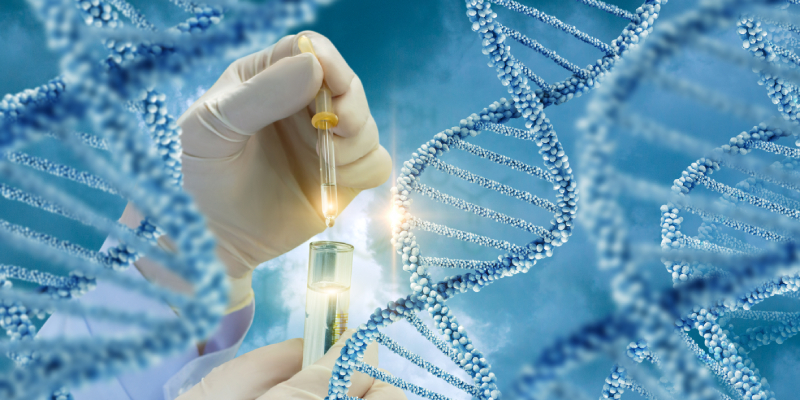
A recent study has “revealed two genetically distinct subgroups” of follicular lymphoma, one of which is associated with a decreased risk of histologic transformation, according to its authors.
Kostiantyn Dreval, PhD, of Canada’s Michael Smith Genome Sciences Centre at BC Cancer and Simon Fraser University in Canada, and colleagues conducted the study because “clinical or genetic features to predict the risk and timing of [histologic transformation] have not been described comprehensively.”
Dr. Dreval and colleagues analyzed whole-genome sequencing data from 423 patients to compare the “protein coding and noncoding mutation landscapes” among untransformed follicular lymphoma, transformed follicular lymphoma, and de novo diffuse large B-cell lymphoma (DLBCL).
The analysis identified two genetically distinct subgroups of follicular lymphoma, which the researchers named DLBCL-like follicular lymphoma and constrained follicular lymphoma.
“Each subgroup has distinguishing mutational patterns, aberrant somatic hypermutation rates, and biological and clinical characteristics,” Dr. Dreval and colleagues wrote.
They used a classification approach derived from machine learning to stratify patients with follicular lymphoma into the DLBCL-like subgroup or constrained subgroup based on their genomic features. Dr. Dreval and colleagues used separate validation cohorts to demonstrate that constrained follicular lymphoma, “whether assigned with this full classifier or a single-gene approximation,” is associated with a reduced rate of histologic transformation.
“This implies distinct biological features of [constrained follicular lymphoma] that constrain its evolution, and we highlight the potential for this classification to predict [histologic transformation] from genetic features present at diagnosis.”
Reference
Dreval K, Hilton LK, Cruz M, et al. Genetic subdivisions of follicular lymphoma defined by distinct coding and noncoding mutation patterns. Blood. 2023;142(6):561-573. doi:10.1182/blood.2022018719






 © 2025 Mashup Media, LLC, a Formedics Property. All Rights Reserved.
© 2025 Mashup Media, LLC, a Formedics Property. All Rights Reserved.